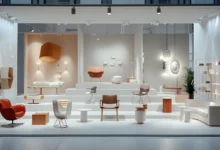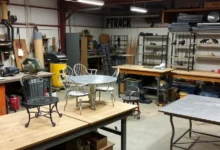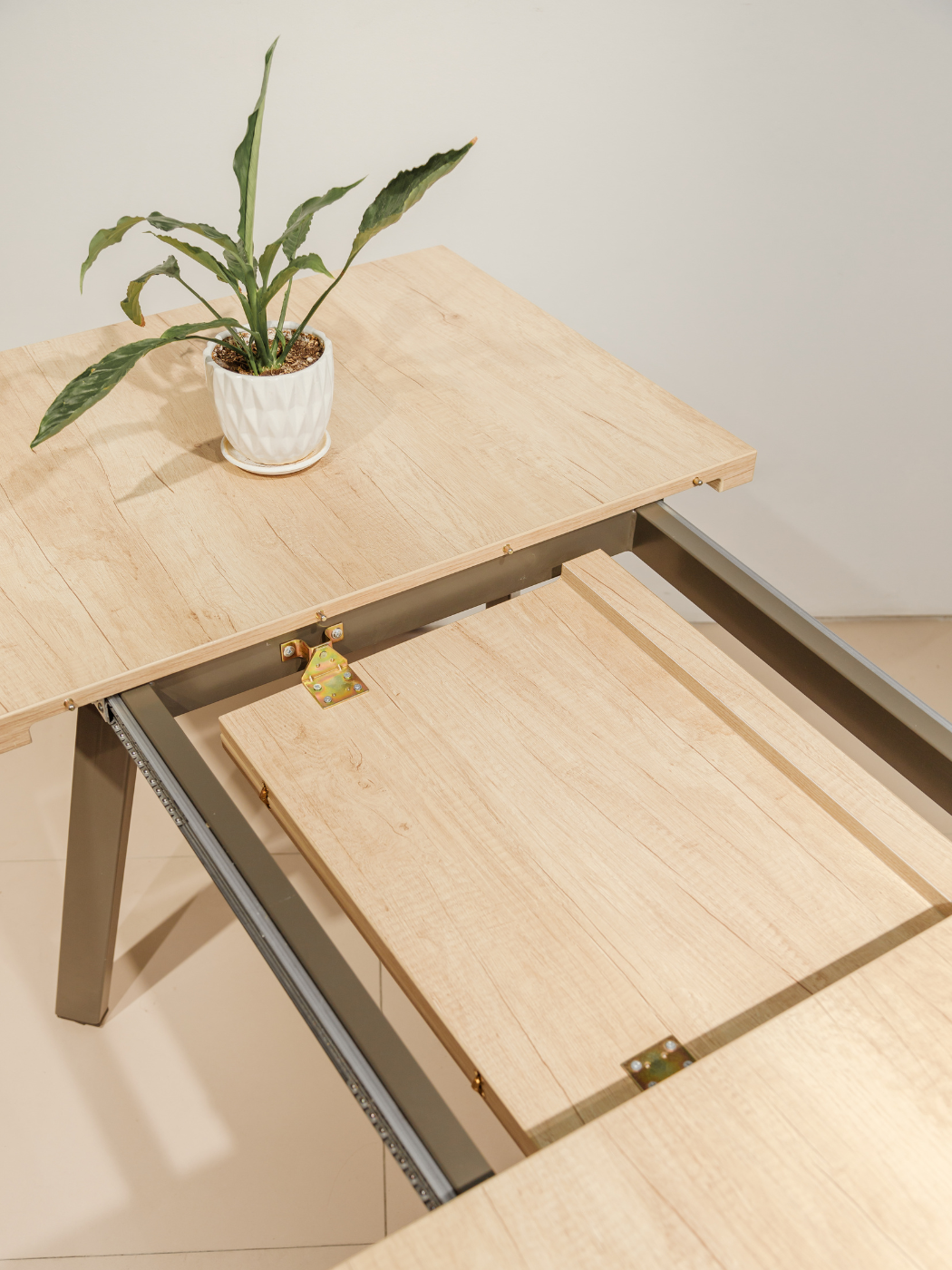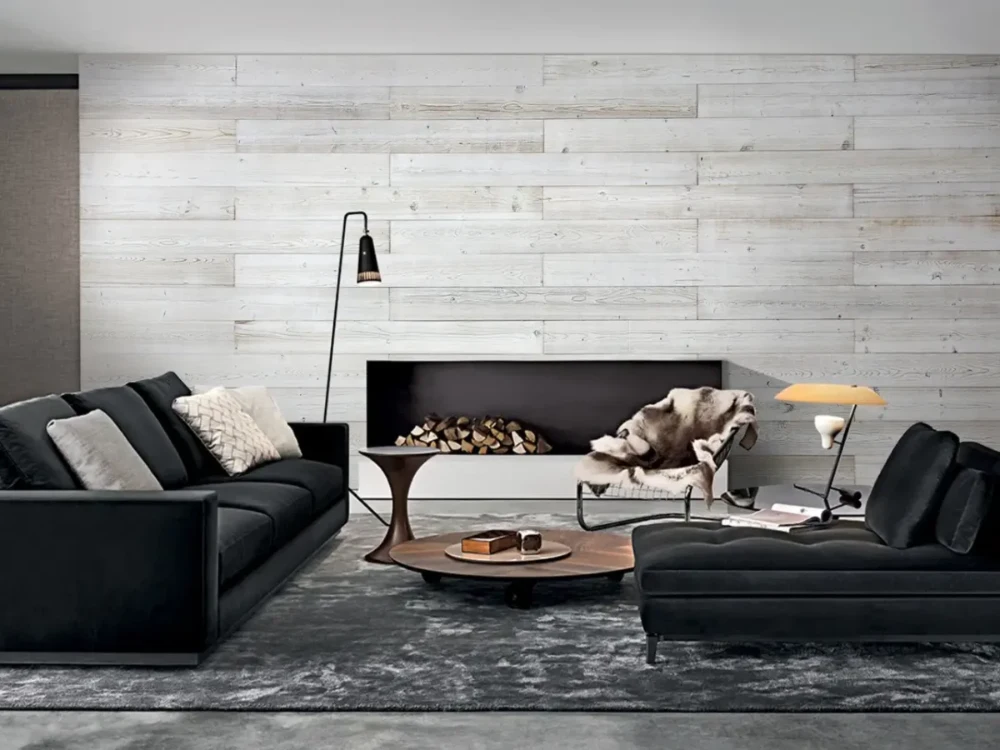How do you effectively launch a new product in the furniture market? Strategies and challenges
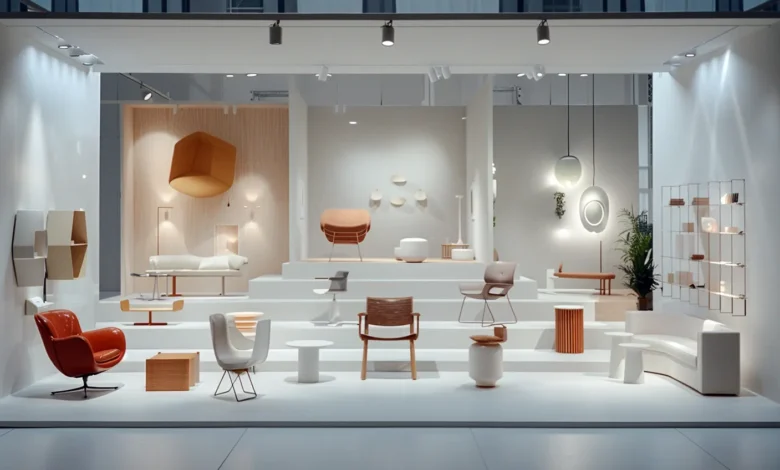
Introducing a new product to the market is always full of challenges, regardless of the industry we operate in. In the furniture industry, characterized by exceptional dynamism, changing trends, and high expectations regarding both design and functionality, these challenges can be even more complex. Success in this market requires not only innovation and creativity, but also a strategic approach to every stage of the process—from the idea to design, marketing, and sales.
In the B2B industry, where purchasing decisions are often long-term and based on thorough analysis, it becomes crucial to understand the specific needs and requirements of business customers. Therefore, when presenting a new product to the furniture market, one cannot limit oneself to aesthetics. One must also focus on added value that will attract attention and meet the expectations of professionals in this industry.
Diagnosis of market needs

Introducing a new product to the market doesn’t begin with design, but with understanding who our customers are and what they truly need. Accurately identifying market needs is crucial to the success of any product, especially in such a competitive industry as furniture, where every detail matters.
Trend research and competitive analysis
The first step in effectively identifying market needs is analyzing current trends and thoroughly researching competitor activity. Industry reports, specialized publications, and sales analyses are used for this purpose, helping to understand which products are selling best and why. Observing the competition also allows you to identify gaps in the market offering, which can be a great opportunity to introduce an innovative product that will fill these gaps.
Understanding customer needs B2B
Especially in the B2B segment, understanding customer needs is much more complex than with an individual customer. Shopping decisions are made based on many factors, such as price, quality, functionality, as well as the product’s added value and the company’s reputation. Interviewing current and potential customers, organizing focus groups, or even visiting customers directly are methods that can provide valuable information about their needs and expectations.
Using data to create the perfect product
The final stage of market discovery involves using collected data to design a product that will respond to the specific needs and preferences of recipients. At this point, the key is the use of data analysis tools, such as artificial intelligence and machine learning, which can predict which product features will be most desirable in the future. This allows for the creation of an offering that not only meets current market expectations but also provides the company with a long-term competitive advantage.
Insight from the research and analysis conducted allows you to define clear goals and action directions for the subsequent stages of the new product launch process. Thorough preparation significantly reduces the risk of launching a product that fails to find its place in the market.
Product design

Designing a new furniture product is a process where creativity meets functionality. To achieve success, the product must not only attract attention but also meet specific technical and ergonomic requirements that will determine its usability and popularity with B2B customers.
Integration of design and functionality
The foundation of effective design is finding the perfect balance between aesthetics and the product’s practical application. In the furniture sector, where form often goes hand in hand with function, it’s crucial that every element is carefully considered. Therefore, designers must work closely with engineers and technologists to ensure that all aspects of the product—from material selection and strength to use—are optimally adapted to market needs.
The use of modern technologies
Contemporary furniture design is no longer limited to traditional methods. The use of advanced technologies, such as 3D printing, sophisticated CAD (computer-aided design) software, or computer simulations, allows you to explore new possibilities and forms that were difficult or impossible to achieve in the past. This opens the door to creating unique, innovative products that can revolutionize the market.
Prototyping and iteration
The most important phase in the design process is the creation of prototypes. Prototypes allow the project team to verify design assumptions and quickly implement necessary changes. Methodologies like rapid iteration allow you to efficiently improve the product, which is especially important in the dynamically changing furniture industry. Each iteration allows you to better understand how the product will perform under real-world conditions, which is invaluable in determining ultimate customer satisfaction.
Ecology and sustainable development
Nowadays, ecological considerations are also playing an increasingly important role in the design process. Business customers increasingly expect products to be not only functional and aesthetically pleasing, but also environmentally friendly. The use of sustainable materials, effective resource utilization, and recycling are aspects that must be considered during the design phase.
A well-designed product is one that attracts attention, is practical to use, and meets customer expectations in many respects, including environmental responsibility. An effective combination of all these elements is the key to success in the furniture market and enables a company to stand out from the competition.
Testing and collecting opinions

After designing the product, a critical phase that determines its ultimate success is testing and gathering opinions from potential users. This phase allows you to refine the product to perfection, identifying and eliminating any imperfections that could affect its market acceptance.
Prototyping and utility testing
Testing begins with the creation of functional prototypes, which are then subjected to intensive utility testing. These tests, conducted under conditions that mimic the actual use of furniture, allow you to identify issues with comfort, durability, functionality, and aesthetics. It’s important that both company employees and external users participate in the tests, ensuring a broad spectrum of perspectives.
Feedback from B2B customers
In the B2B segment, the opinions of current business customers who understand the specifics and needs of the market are particularly valuable. Organizing meetings, presentations, and test sessions with key customers allows you to gather direct feedback that is invaluable in further developing the product. Such direct feedback helps tailor the product to customer expectations, increasing the chances of market success.
Analysis and implementation of changes
The next step is analyzing the collected data and opinions. At this stage, it’s important for design and engineering teams to collaborate, using feedback to introduce necessary changes. Sometimes significant design changes are necessary, while other times minor adjustments are sufficient. Regardless of the scale, every change must be carefully considered and focused on increasing product value for the customer.
The importance of continuous testing
Product testing doesn’t end at the pre-launch stage. It’s important to continue the testing process even after its official debut. Monitoring usage, gathering further opinions, and responding to market needs are activities that should accompany the product throughout its lifecycle. This not only allows you to maintain high quality and customer satisfaction, but also ensures a quick response to potential problems and continuous product improvement.
Through careful testing and openness to external reviews, furniture companies can not only avoid costly mistakes but also significantly increase the satisfaction of their corporate customers, which in turn translates into long-term market success.
Marketing and sales strategies

Finding the right approach to promoting and selling a new furniture product is just as important as its design and testing. An effective marketing strategy can significantly accelerate the product’s market acceptance and increase its visibility and attractiveness in the eyes of B2B customers.
Product positioning and branding
The success of a new product often depends on its market positioning and effective brand building. Creating a coherent and well-thought-out product image that reflects the target audience’s values and expectations is crucial. Branding activities must be consistent across all communication channels, from the website and print materials to social media and advertising.
Promotional strategies and communications
Developing effective promotional strategies requires insight into where and how our customers search for information about new products. In the B2B industry, industry trade shows, webinars, and online presentations can be key, offering the opportunity for direct communication with customers. Furthermore, it’s worthwhile to develop content marketing through industry publications and case studies that demonstrate the practical applications and benefits of a new product.
Sales and customer relations
B2B sales are primarily based on building lasting relationships and trust. Therefore, it’s crucial that the sales process is tailored to the customer’s needs and business expectations. A personalized approach, including individual consultations, product adaptation to specific requirements, or even flexibility in price negotiations, contributes significantly to increasing customer satisfaction and loyalty.
Effect monitoring and optimization
The final, but equally important, element of marketing strategy is continuous monitoring of the effects of activities and their optimization. Using analytical tools to track the effectiveness of various promotional channels, customer responses to individual campaigns, and the final ROI allows you to quickly adjust strategies in response to changing market conditions and customer preferences.
Effective marketing and sales strategies are an essential part of introducing a new product to the furniture market. They not only enable effective B2B customer reach but also build long-term relationships that form the foundation for future success in this industry.
Summary

Introducing a new product to the furniture market presents a number of challenges and requires carefully considered strategies at every stage—from the initial recognition of market needs, through design and testing, to effective marketing and sales activities. Success in this field requires not only creativity and innovation, but also a deep understanding of the specific requirements of business clients and the ability to adapt to a dynamically changing environment.
The key element is understanding and responding to customer needs and expectations, which not only allows for the creation of a product that meets specific requirements but also for its effective introduction and promotion in the market. Thorough market and competitive research, an innovative approach to design, careful testing and iteration, as well as strategic marketing activities and building lasting customer relationships, are the foundations of new product success.
Therefore, companies that want to effectively launch new products in the furniture market must focus not only on the product itself but also on a comprehensive approach to the development and introduction process. Ultimately, success depends on the company’s capacity for innovation, flexibility, responsiveness to change, and effective communication of product value, which translates into building a strong market position and achieving long-term benefits.

